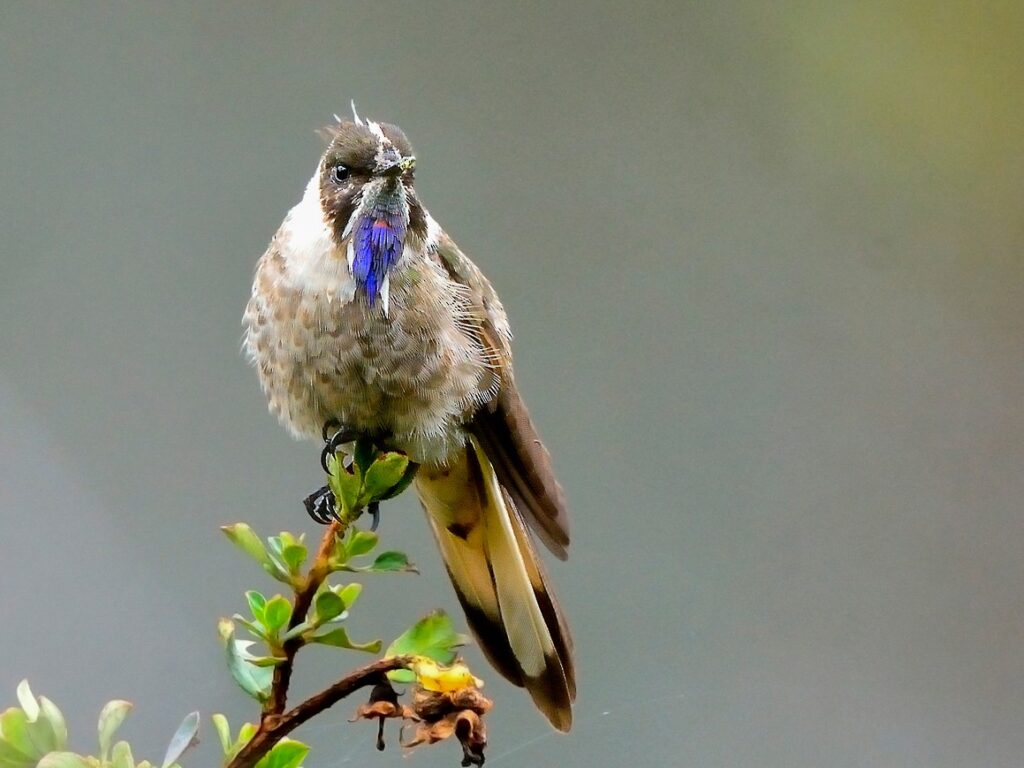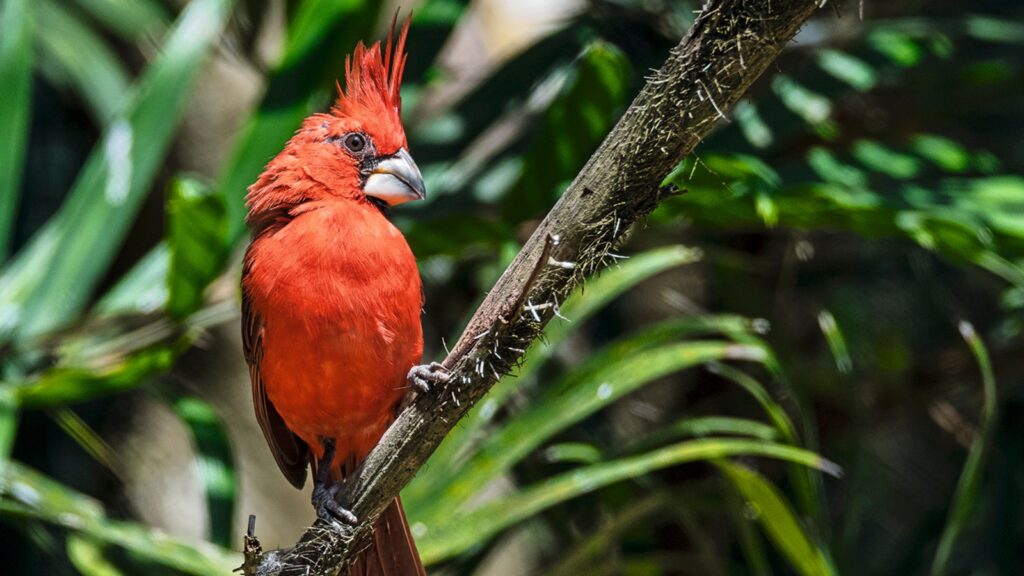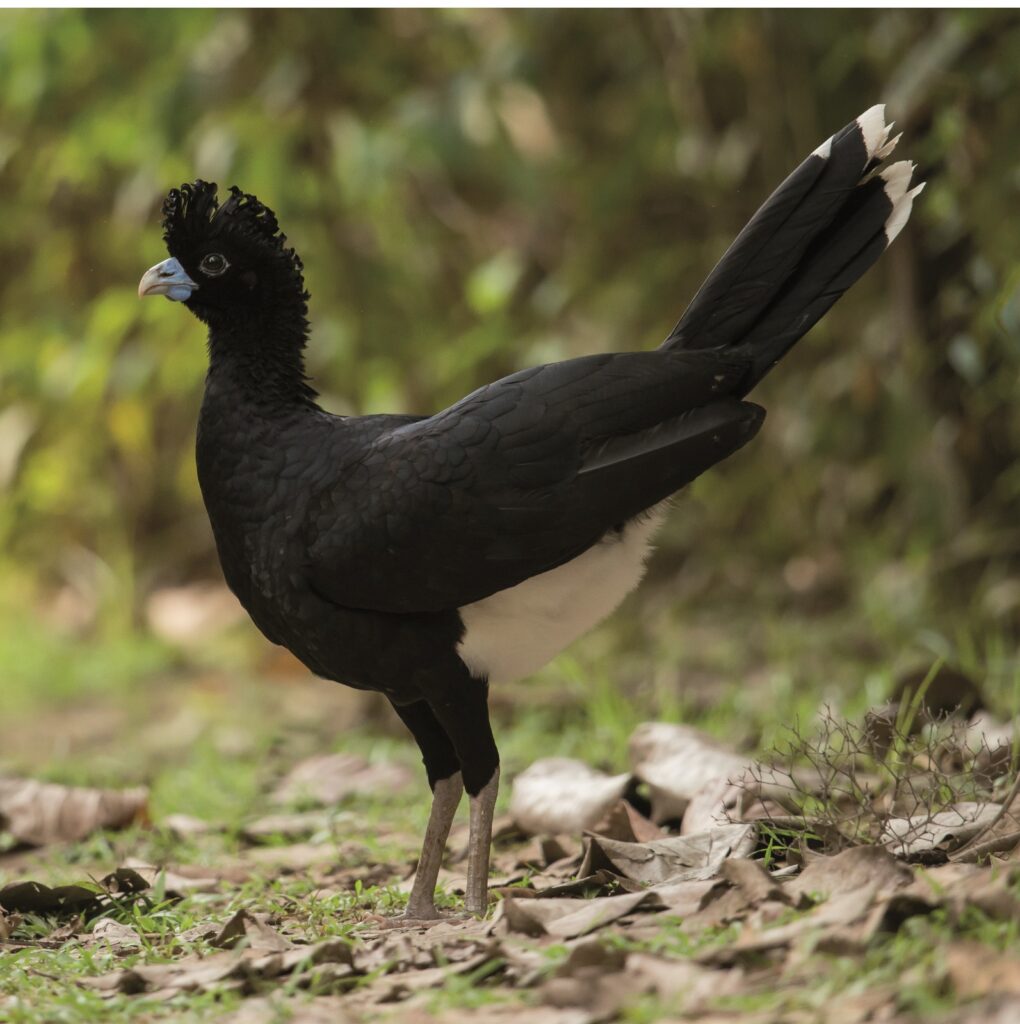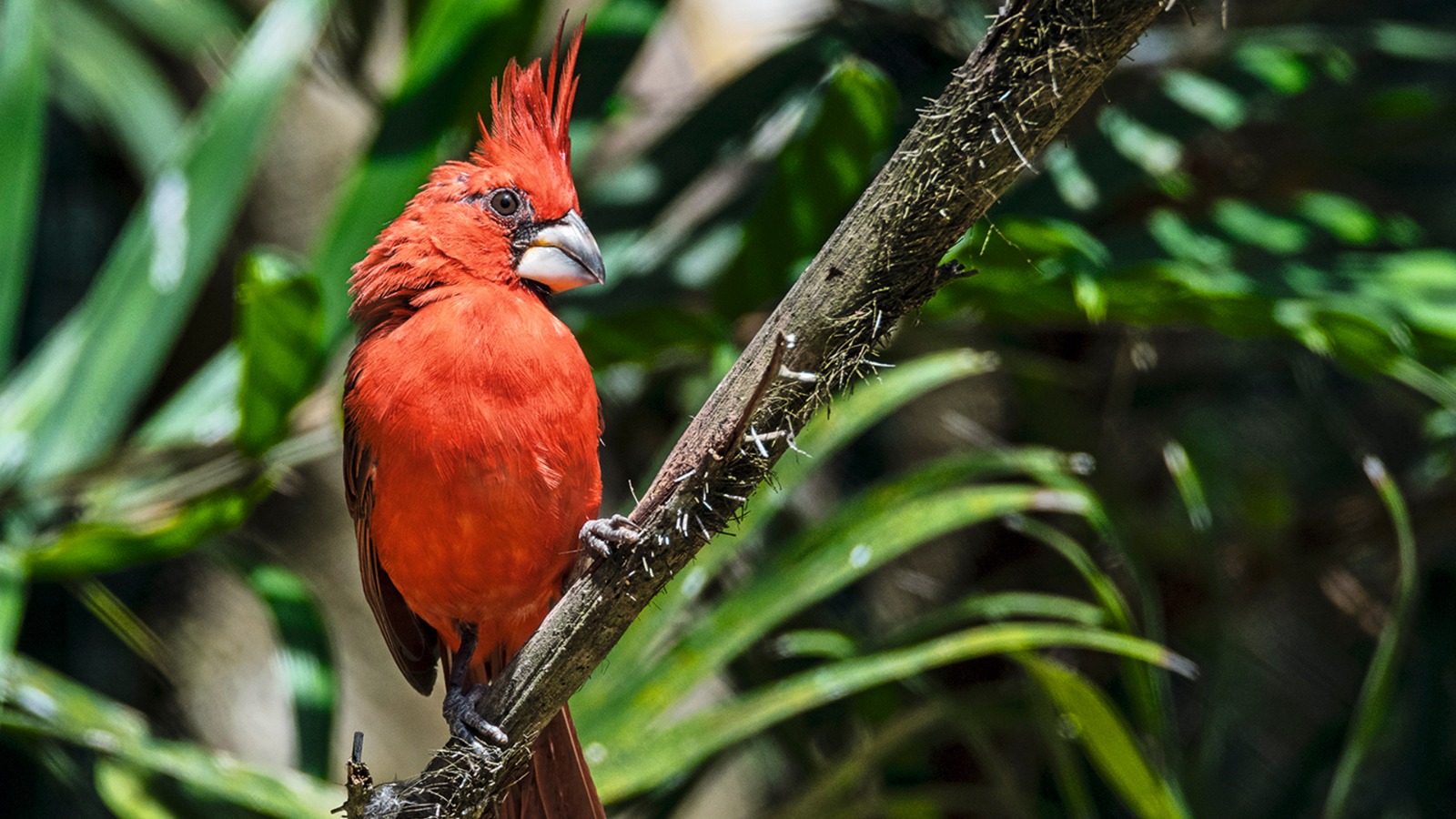SUMMARY
This program, spearheaded by Environmental Women ORG, focuses on ornithological observation using augmented reality to promote the conservation of bird species in 9,800 hectares of the Sierra Nevada de Santa Marta, a biodiversity hotspot in Colombia’s Andean mountains. It aims to integrate technology with sustainable ecotourism, creating an innovative model that balances environmental conservation, cultural preservation, and economic empowerment for the indigenous Narakajmanta community.
The project prioritizes the protection and observation of key avian species, including hummingbirds, vultures, hawks, and owls. Specific species such as the King Vulture (Sarcoramphus papa), Dwarf Kite (Gampsonyx swainsonii), Gray-lined Hawk (Buteo nitidus), Collared Forest Falcon (Micrastur semitorquatus), Ferruginous Pygmy Owl (Glaucidium brasilianum), and Black-and-white Owl (Ciccaba nigrolineata) are focal points of conservation efforts due to their ecological importance and cultural significance to the Narakajmanta. The augmented reality application will allow users to visualize these species in their natural habitats, fostering education and awareness among tourists while minimizing human interference.
The program targets 5,000 beneficiaries, comprising 300 indigenous Narakajmanta families distributed as follows: 2,600 women, 2,300 men, and 100 non-binary individuals, spanning three age groups: <18 years (1,350), 18-35 years (2,750), and >35 years (900). Economic activities of the community include 1,250 peasants, 250 fishermen, 510 artisanal miners, 1,810 farmers, and 1,180 housewives, collectors, and artisans, all of whom will benefit directly from sustainable income generation through tourism.
The methodology includes the development of educational and entertainment content tailored to each species, accessible via an interactive mobile application. The app will feature real-time augmented reality overlays of the avian species, including their sounds, behaviors, and ecological roles, enabling tourists to engage with the environment while learning about conservation. The program will also establish guided observation trails, strategically located to ensure minimal disruption to habitats while optimizing birdwatching experiences. Infrastructure upgrades, such as bird blinds and observation towers, will enhance accessibility and provide safe viewing opportunities.
The program also incorporates a community-based monitoring system, where trained indigenous guides will use geospatial tools and traditional ecological knowledge to protect critical habitats. Conservation actions include habitat restoration across 2,000 hectares, targeting areas impacted by deforestation and illegal activities. In addition, environmental education campaigns will engage tourists and local stakeholders, emphasizing the importance of avian species as indicators of ecosystem health.
The economic impact of the program is projected to generate a 30% increase in household incomes within three years through sustainable ecotourism. Tour packages, priced competitively, will include augmented reality experiences, guided trails, and educational workshops, with the revenue reinvested in community development and conservation initiatives. The program will also reduce illegal logging and hunting activities by creating alternative livelihoods for at least 150 community members, ensuring sustainable resource management.
By integrating advanced technology with local expertise, this program establishes the Narakajmanta community as a global leader in climate-integrated ecotourism. It aligns with Sustainable Development Goals (SDGs) 13 (Climate Action), 15 (Life on Land), and 5 (Gender Equality), contributing to the protection of biodiversity while empowering indigenous women leaders. This initiative serves as a replicable model for other biodiversity-rich regions facing similar challenges.





+ There are no comments
Add yours